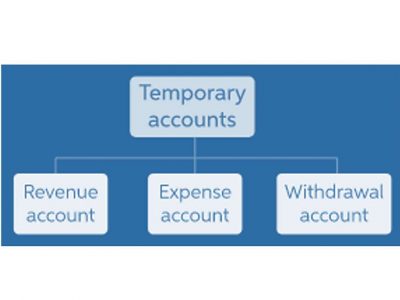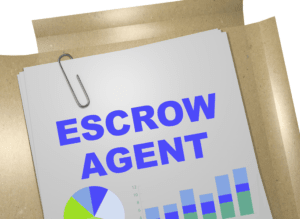Issued Shares: Definition, Example, Vs Outstanding Shares

The company hasn’t taken action yet; it’s just gotten approval to take action and sell some shares if it chooses to. As an example, let’s say that a fictional business, the Helpful Fool Company, has authorized 5,000 shares. If a startup issues 10 million shares out of 20 million authorized shares to an owner, and the owner’s shares are the only ones issued, the owner controls 100% of the corporation.

Reverse Stock Split
- Investors can use the number of outstanding shares to evaluate a company’s financial health and performance.
- Therefore, this compensation may impact how, where and in what order products appear within listing categories, except where prohibited by law for our mortgage, home equity and other home lending products.
- The first of these, unrestricted shares, is also known as “the float.” These are the shares that can be actively traded on the open market.
- Let’s go through the terms shares and float so that next time you come across them, you will know their significance.
- Authorized shares are those a company’s founders or board of directors (BofD) have approved in their corporate filing paperwork.
If a company considers its stock to be undervalued, it has the option to institute a repurchase program. There are a few reasons a company’s total common shares outstanding could change. From there, scroll down until you find the section in the 10-Q or 10-K called “Capital Stock.” All the details you need will be there.
Join Over Half a Million Premium Members Receiving…

These statements are available on companies’ investor relations pages or the SEC how to find the number of outstanding shares website. The information is also available on stock data websites like Stock Analysis. Volatility profiles based on trailing-three-year calculations of the standard deviation of service investment returns.

Why shares outstanding matters
- These instruments include stock options, stock warrants, and convertible debt.
- The total number of shares in circulation increases or decreases according to the stock split’s exchange ratio.
- They are separate from treasury shares, which are held by the company itself.
- In addition to listing outstanding shares or capital stock on the company’s balance sheet, publicly traded companies are obligated to report the number issued along with their outstanding shares.
- We do not include the universe of companies or financial offers that may be available to you.
- However, due to the fluctuations in share counts between reporting periods, the figure is typically expressed as a weighted average.
- By contrast, a reverse stock split occurs when a company seeks to elevate its share price.
We Fools may not all hold the same opinions, but we all believe that considering a diverse range of insights makes us better investors. Get instant access to video lessons taught by experienced investment bankers. Learn financial statement modeling, DCF, M&A, LBO, Comps and Excel shortcuts.
Weighted Average of Outstanding Shares
We do not include the universe of companies or financial offers that may be available to you. At the time, GE discussed plans to split into three companies and to divest from many businesses. They determined that reducing their share count from nearly 8.8 billion to roughly 1.1 billion better aligned with this vision (1).

This can often be found in a company’s financial statements, but is not always readily available — rather, you may see terms like ledger account “issued shares” and “treasury shares” instead. Besides, it can be helpful to understand where the numbers you’re looking at came from. The next step is to find the treasury stock line item on the company’s balance sheet. This refers to how many total shares the company has purchased back from investors. More specifically, treasury shares are the portion of shares that a company keeps in its treasury. However, there are cases, particularly with larger companies, where not all the shares issued will be in the hands of investors.
What Is the Difference Between Authorized Shares and Issued Shares?
Total returns can help compare the performance of investments that pay different dividend yields. If you’re ready to take the plunge into investing, check out The Motley Fool’s Broker Center and get started today. If you’re going to become an investor, there are a few things you should know — like these formulas. Our writers and editors used an in-house natural language generation platform to assist with portions of this article, allowing them to focus on adding information that is uniquely helpful. The article was reviewed, fact-checked and edited by our editorial staff prior to publication.
- She has worked in multiple cities covering breaking news, politics, education, and more.
- For example, in a 2-for-1 stock split, the share price is halved, but the outstanding shares double, improving affordability and attracting a broader investor base.
- Authorized shares refer to the largest number of shares that a single corporation can issue.
- When companies buy back their own shares, the shares remain listed as issued, even though they are not classified as “treasury shares” because the company may resell them.
If all these warrants are activated, XYZ will have to sell 100 shares from its treasury to the warrant holders. Lockups aside, long-standing investors such as founders or venture capital backers may have their own restrictions on selling, or may have signaled that they have no intent to do so. When you look a little closer at the quotes for a company’s stock, there may be some obscure terms you’ve never encountered.



